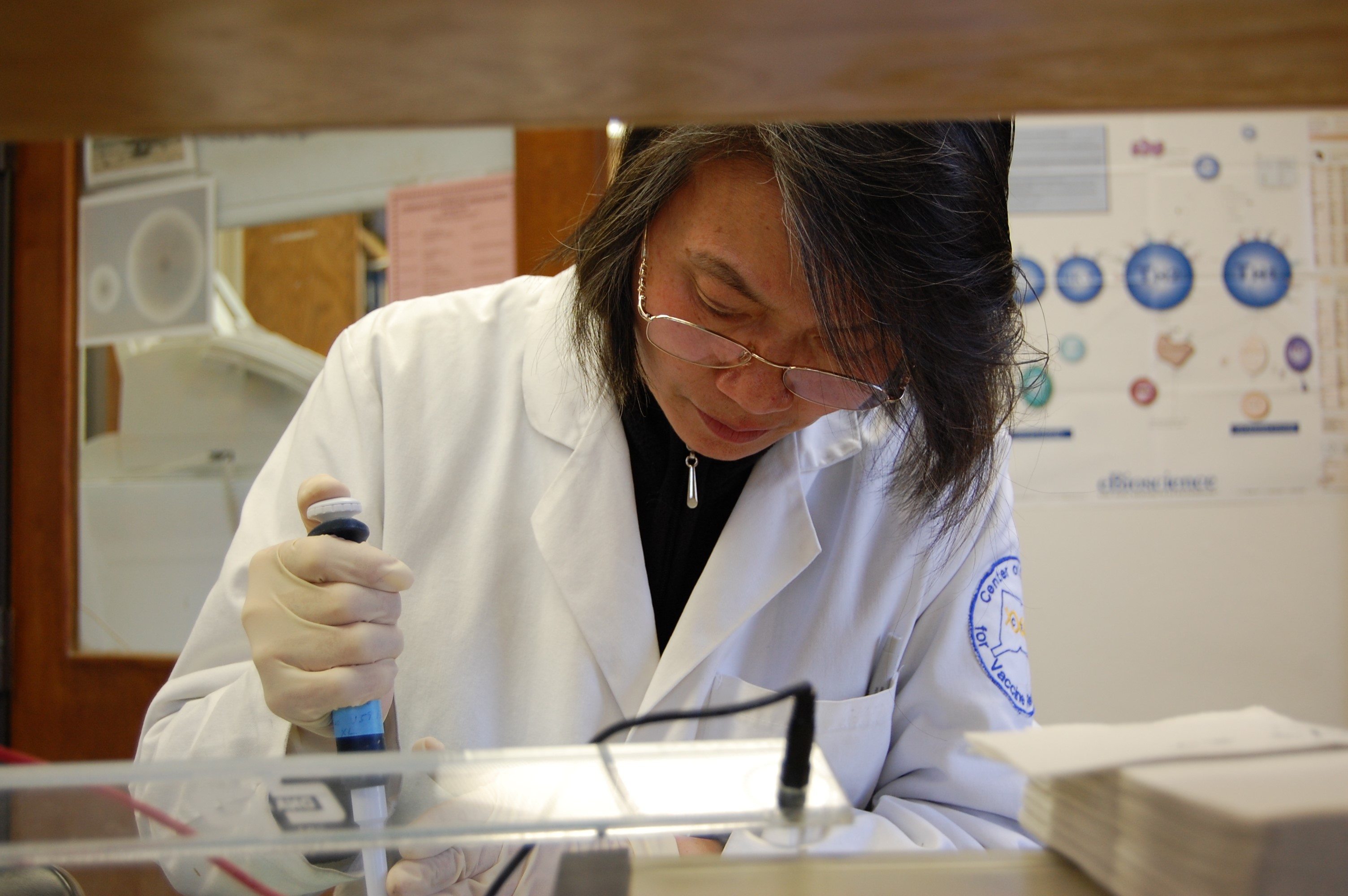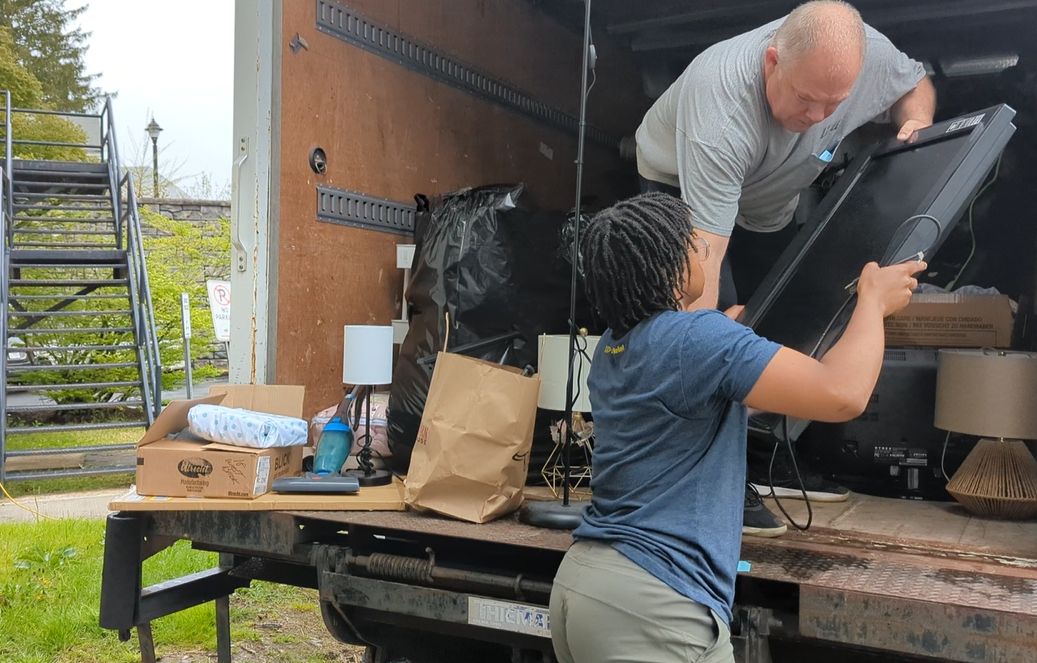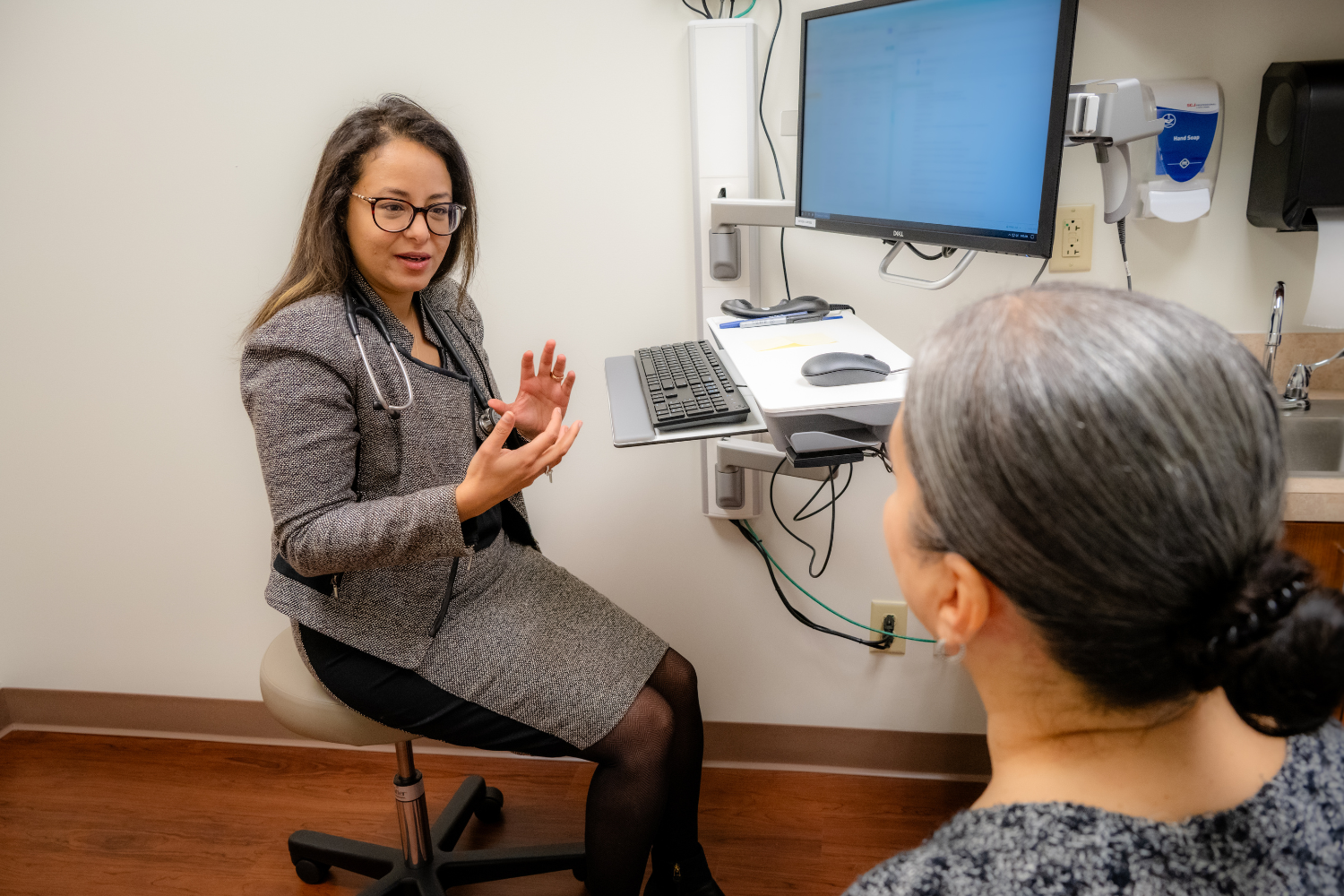The adage tells us: the whole is better than the sum of its parts. Now think about what that philosophy could mean for research if people from the academic, government, and industry sectors come together to discuss their approaches and problems. That’s exactly what the U.S. Animal Vaccinology Research Coordination Network will be doing.
Leadership for the Network will be provided by Chairman Steven Geary, head of the University of Connecticut’s Department of Pathobiology and Veterinary Science and Director of the Center of Excellence for Vaccine Research (CEVR), and Network Coordinator, Edan Tulman, a research associate in pathobiology and veterinary science and with guidance by a board of directors.
The U.S. Department of Agriculture National Institute of Food and Agriculture has designated CEVR at UConn to be the National Center for animal vaccine coordination.
The Network will incorporate academic researchers, industry partners, and government actors who will come together on a formal basis to identify current and future vaccine needs and opportunities in the U.S., and to collaboratively set broad goals and priorities for addressing them.
There is a plethora of research in this field being conducted by researchers across the country and internationally. All these government-funded research efforts and private industry projects are approaching the same issues in vaccinology differently and not always sharing their research and stumbling blocks with others, making overall progress slower.
This network will serve as an epicenter for communication and the rapid transfer of knowledge between the different sectors involved. The Network will be divided into sections headed by experts in vaccinology for each agricultural species (i.e. cattle, fish, poultry, equine, and swine), to work on the specific challenges associated with each animal group.
“The establishment of the US Animal Vaccinology Coordination Network within the Center of Excellence for Vaccine Research shows the quality of research and leadership provided by our faculty and researchers in the College of Agriculture, Health, and Natural Resources at UConn,” Dean Indrajeet Chaubey says. “The team of scientists, led by Dr. Geary, will play an instrumental role in coordinating veterinary vaccinology research, preparing early career scientists to address this important issue, and will help set future research priorities for the U.S.”
One of the most important aspects of the network is its close linkages with the USDA. Network findings and suggestions will be communicated on a regular basis to the USDA NIFA leadership to assist them in setting national research directions and funding priorities.
The project also incorporates an early career vaccinologist component through the inclusion of researchers who have recently received their doctoral degrees. This will bring up-and-coming researchers into the fold of the most exciting research being done in this field and will help prepare them for a future career in vaccine research.
“The next generation is the future,” Geary says. “We want to be able to position them the best we can and produce the next generation of vaccine researchers.”
The Network will explore one potentially promising avenue for the future of vaccinology: synthetic genomics.
Currently, most vaccines use live attenuated versions of pathogenic virus or bacteria. By injecting the animal with a weakened virus or bacteria, its immune system will still produce antibodies to fight the pathogen without becoming infected. These antibodies remain in the animal’s system so it can kill it immediately if it comes into contact with a virulent form of the pathogen. Unfortunately, there is always the possibility that the pathogen could revert to virulence and make the vaccinated animal sick.
Synthetic genomics is an emerging field of vaccinology in which scientists synthesize entire viral or bacterial genomes. These genomes reproduce every aspect of the actual pathogen except the sections that encode virulence determinants that actually cause the disease. This would allow animals’ immune systems to develop their resistance to the pathogen without any chance of the vaccine becoming virulent.
Geary says he hopes the Network will expand across the nation, and perhaps even internationally to include similar organizations in other countries that can share their experiences with the U.S. team.
“This network will bring together researchers who will be able to share and enhance knowledge and developments in this field, government actors who will learn about the best ways to fund animal vaccinology research, and industry partners who have a vested interest in developing successful vaccines to sell to the agricultural sector to keep their animals healthy for American consumers,” Geary says. “Hopefully this will increase multifold to include as many people nationwide as we can.”
For more information, the USAVRCN website can be found at this link.



